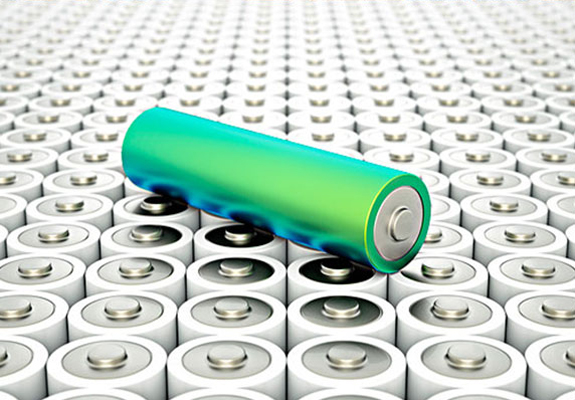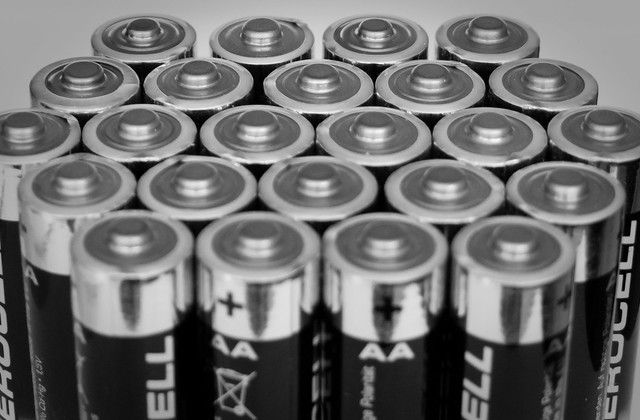How do you know about Li-Ion battery market size?
Aug 19, 2019 Pageview:1178
You will be amazed to know that the lithium-ion battery market is expected to reach around $100,433 million till 2025. So, in this article, we are going to read all about the present demand of the Lithium-ion battery market and their upcoming trends.
Growth Of Li-Ion Battery Market Size:
As lithium-ion batteries are the batteries which can be recharged frequently than any other type, and widely used for various purposes. With their high-energy density, their use becomes more significant for portable equipment. You might not even know that, but the batteries inside your smartphone is also a lithium-based battery pack. The increase in the use of smartphones, tablets, laptops, digital camera, power tools, and even electric vehicles. As you are already witnessing the growth of Lithium-ion batteries, the demand is increasing day by day.
At present, the most significant demand for these high capacity batteries is in the automobile industry. And this demand will keep on increasing as the electric vehicles become more and more popular. Due to the small size and lightweight, these batteries are on the top preferred list by all manufacturers.
The growth in the battery size is expected to have figured something like this:
● The market will expand to grow from 37.4 billion to 92.2 billion in the next four years.
● The growing need for automation and battery-operated equipment in every industry is increasing. The application of lithium-ion batteries is the primary factor that is leading to further growth in the market size of lithium-ion batteries.
● Another factor which is causing growth in the market size is the reduction in cost. As compared to any other battery type, Lithium-ion batteries are cheaper and have better functions. As a result, it is mostly expected to be the product of the future.
Apart from all these factors, if you look at the chemistry of these batteries, you'll understand that things are more typical than the price and application. The electrochemistry affects the use of these batteries a lot.
Trends Of Li-Ion Battery Market Size:
As far as the battery trends go, there are many elements used for anode and cathode to analyze which one works better with the electronic and electrical equipment. With the evolving technology, the manufacturers are continuously trying to change the cathode, anode, and other attributes for high energy density, safety, life, stability, and low cost. At present, the total consumption of lithium batteries is high. But the main question is what kind of lithium the world needs in the cells to make them better. What are the metals whose demand will increase in the upcoming years? So here is a summary of the current trends of these batteries.
Nickel-Rich Batteries:
This kind of battery has a high concentration of nickel. It is expected that the nickel rich batteries will dominate the world shortly. The nickel-cobalt-manganese cathodes are more popular due to the high density they offer. Even though cobalt prices are hiking, still the use of these cathodes haven't slowed down. These cathodes are more suitable for medium-range vehicles like buses and cars, and high range EVs. China is the biggest consumer of lithium-ion batteries, and as long as this cathode material is in use in the country, it'll dominate the market.
Lithium Hydroxide:
This type of batteries contains lithium hydroxide as a cathode, which has 80% nickel, 10% cobalt, and 10% manganese. These cathodes have a longer lifespan and allow the electric vehicles to go further with a single charge cycle. But the main issue with these batteries is that they need lengthy treatment to ensure that they are durable and safe. Other than this, they are also expensive and have a higher cost of production due to the nickel content. There are metrics which accounts that in upcoming years, lithium hydroxide will have more than 50% demand, but it still won't be able to take over the market.
Cobalt Shortage:
There is a concern in the lithium-ion battery market as the manufacturers are trying to cut down the amount of cobalt used in the batteries. The leading supplier for cobalt in the Democratic Republic of Congo and it is politically unstable. It generally comes from copper or nickel mining. Since the child labor regulations were exposed, the industry is getting a lot of pressure from end-users. It is one of the main reasons that led to the development of new chemistry in lithium-ion batteries.
Cobalt is the material which makes these batteries affordable. The more cobalt content manufacturers take out from the cells; the less expensive it becomes. There is another positive side of taking cobalt out from the chemistry as the pack becomes less risky, and it performs better. It is expected that the demand of lithium will triple over six years, but the cobalt usage will grow at a slower pace.
Solid State Batteries:
These are the holy grail of the lithium-ion batteries. The liquid electrolyte from the battery is removed and replaced by a solid electrolyte. As the liquid is eliminated, it becomes easier for the manufacturers to take out the graphite anode and replace it lithium metal. Along with improving the energy and power density in the batteries, they also become safer to use. Solid-state batteries are also useful for recharging electric vehicles.
These are the batteries that will change the world. It is a suitable option for future technology. However, the concept of increasing the battery capacity is still theoretical. Apart from that, building a reliable state battery is an expensive procedure. There is not a scalable supply chain for lithium metal so that it will create an issue for the manufacturing companies.
Forecast Of Li-Ion Battery Market Size:
We have studied the possibilities of lithium-ion batteries for the future. Looking at the various growth factors, the significant component that will be affecting the market is lithium itself. If lithium metal supply becomes stable, then it will be easier for the manufacturers to improve the cell chemistry and other features.
Leave Message
Hottest Categories
-
Hottest Industry News
-
Latest Industry News











